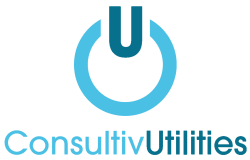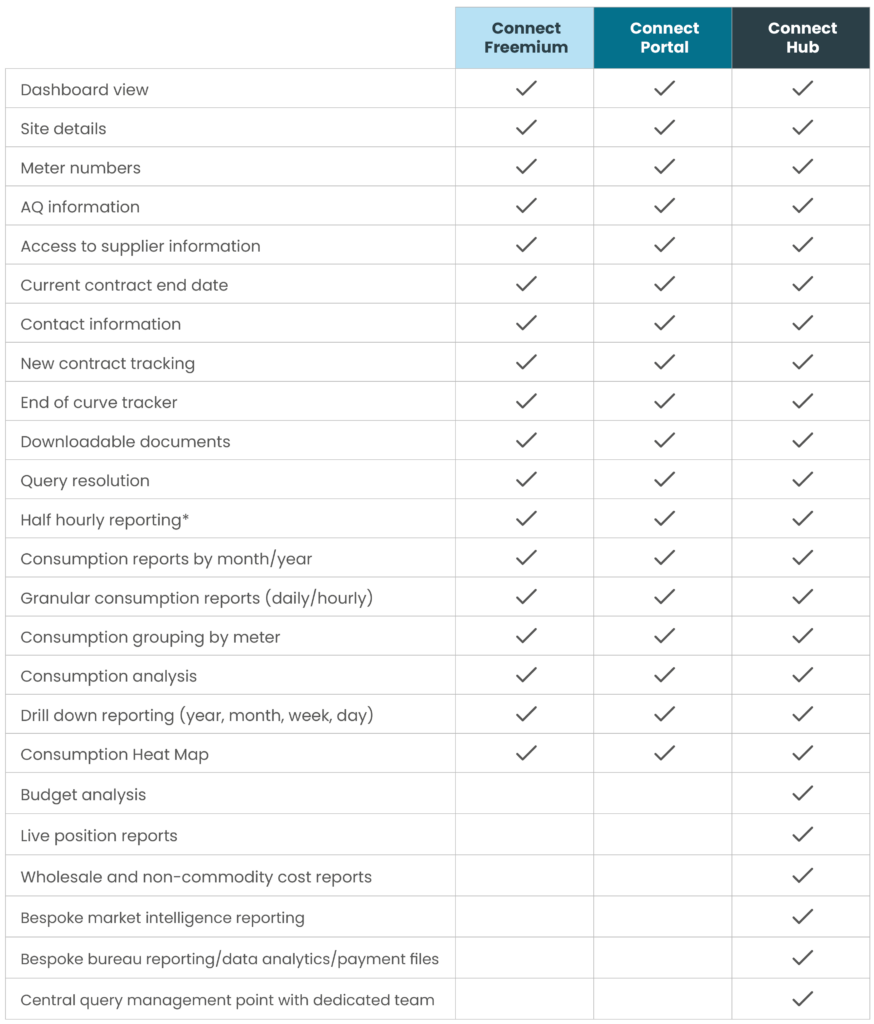Managing energy costs is a challenge for any business. Whether you run a small office, a retail shop, or a manufacturing unit, your energy bills can add up fast, cutting into profits. The good news is that by tracking and managing your energy use, you can identify opportunities to save money and make smarter, more efficient energy choices.
In this blog post, we’ll walk you through how to track your energy usage. With the right tools and strategies, you can have more control over your energy expenses and boost your bottom line.
Why is tracking energy use important?
Before we get into how to track your energy use, let’s understand why it’s essential:
- Tracking energy helps you see where energy is being wasted, such as lights being left on overnight or equipment running unnecessarily.
- Monitoring energy usage helps you set benchmarks and goals for reducing consumption over time.
- Understanding your energy patterns allows you to make informed choices about investing in energy-efficient technology or adjusting your operations.
- Cutting down on energy use can lead to significant savings on your monthly bills.
Steps to track your energy use
Here’s how you can start tracking your business’s energy consumption:
Review your energy bills
The first step to tracking energy use is understanding your current consumption. You can do this by looking at your past energy bills to determine:
- Your average monthly usage by calculating your typical energy consumption.
- Peak usage periods by identifying when your energy use tends to spike. For example, do your bills increase in summer due to air conditioning, or in winter due to heating?
- If your energy provider charges higher rates during peak times, which can lead to sudden spikes in your bills.
By reviewing this information, you’ll begin to spot trends and identify areas for potential savings. If you need help to break down the different elements of your business energy bill, download our free bill breakdown guide.
Use smart meters or energy monitoring devices
Smart meters and energy monitoring systems are a game-changer for tracking real-time energy consumption. Many energy providers offer smart meters, which show your energy use at different times of the day, helping you to identify high-use periods.
Energy monitoring is also useful for checking in on how your devices and equipment are performing. You can, for example, detect anomalies and issues, or power-hungry devices.
Conduct an energy audit
An energy audit is a comprehensive review of your business’s energy use.
An energy audit can reveal areas where your business uses more energy than necessary, such as inefficient lighting, poorly insulated windows, or outdated HVAC systems. You can use the findings from audits to create a plan to reduce energy use, whether by upgrading equipment, changing operational practices, or improving insulation.
Leverage energy management platforms
Many businesses benefit from energy management platforms that track and analyse their energy use data.
At Consutliv, we have created our very own market-leading energy management platform, ‘Consultiv Connect’. Its innovative, user-friendly and fully customisable features are packed with valuable, insightful data. Our platform has been designed with our customers in mind, helping you track electricity usage, electricity heatmaps, consumption and expenditure– all within one centralised location.
Sound like something your business would benefit from? Visit our Consultiv Connect page to sign up for the free version of our energy management platform and gain access to features such as:
Set energy goals and monitor your progress
Once you have a better understanding of your energy usage, set clear goals to reduce consumption. These could include:
- Cutting down on peak-time energy consumption
- Swapping out old equipment for energy-efficient models
Use tracking tools (smart meters, energy management software/platforms, etc.) to monitor your progress. Regularly review your energy usage to see if you’re hitting your goals and adjust as necessary.
5 energy management tips for SMEs
As well as tracking your energy usage to save money, you can make simple energy saving moves to ensure you are doing everything in your power to bring your bill down.
- 1. Upgrade to energy-efficient equipment
Switching to energy-efficient appliances and machines is one of the best long-term investments.
- Optimise lighting
Lighting can account for a significant portion of your energy bill. Consider switching to LED bulbs, which use up to 75% less energy and last longer. Also, install motion sensors in less-used areas like restrooms or storage rooms to avoid wasting energy.
- Manage HVAC systems
Heating and cooling costs can be a major burden for businesses. Ensure your HVAC system is well-maintained, clean filters regularly, and consider installing a programmable thermostat to control temperatures when the office is unoccupied.
- Reduce standby power consumption
Office equipment, such as computers, printers, and photocopiers, often consume power even when not in use. Use smart power strips or set equipment to sleep mode when inactive.
- Implement a staff energy awareness program
Educating your employees about the importance of energy conservation can help reduce waste. Encourage them to turn off lights, shut down computers at the end of the day, and be mindful of energy use throughout the workday.
Need help tracking your energy use?
By implementing the energy-saving tips outlined here, your business will not only reduce its environmental footprint but potentially enjoy long-term financial savings. Take control of your energy use today and start making your business more energy-efficient!
Contact us today to discuss how Consultiv can help you better manage your business utilities.
Categories:


